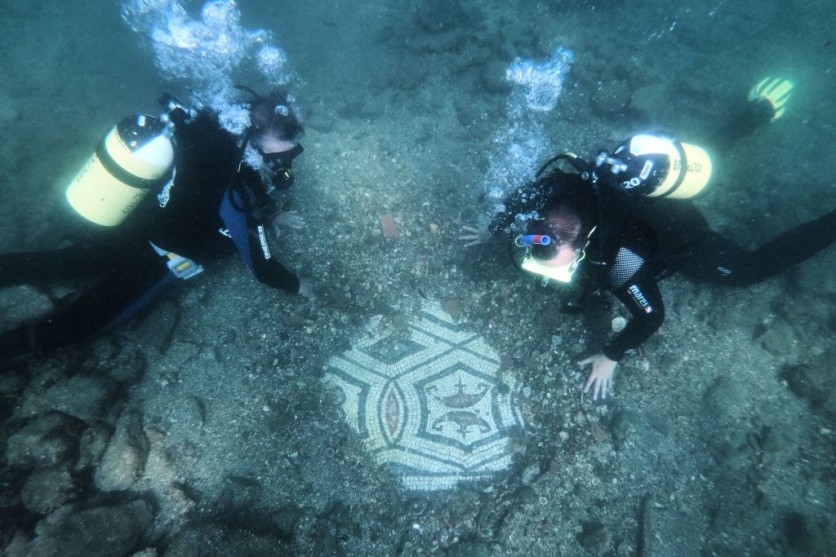University of Washington (UW) researchers have created an underwater communication app, the AquaApp, as reported by TechCrunch. The app utilizes sonic signals to send messages to other people who are also underwater.

The AquaApp
Mobile Intelligence Lab is the one behind the AquaApp. It used a modified form of "chirping" or using the phone's speaker to create high-frequency audio signals to communicate data instead of radio.
In a news release lead PhD student Tuochao Chen said, "With AquaApp, we demonstrate underwater messaging using the speaker and microphone widely available on smartphones and watches. Other than downloading an app to their phone, the only thing people will need is a waterproof phone case rated for the depth of their dive."
Due to the changes that happen underwater, such as signal fluctuations, the app is constantly recalibrating itself with a sort of handshake signal that the phones can easily hear and report back the characteristics of. Therefore, if the sender's tone is received but it's on low volume, and the high end is attenuated, the receiver will send information, and the sender can modify the transmission signal to use a narrower frequency band.
The researchers also did on-site experiments in lakes with strong waves. They found that they could exchange data over 100 meters reliably. With that, this may be the answer to better, more reliable, and safe communication for divers when underwater.
Although diving gestures will always be around, a digital alternative seem like a good thing and can serve as a communication backup.
The app's code is open source and free to use.
Also Read: Google Street View Features Underwater Attractions For World Oceans Day
Communications Underwater
There are a lot of different methods to communicate underwater. Underwater signals can be anything from acoustic, to optical, to electromagnetic, and everything in between. Different methods have different characteristics and can be better at different things. Some, like acoustic can travel long distances, while others, like infrared, can send information with a greater level of detail.
The AquaApp is a great example of how people are working on finding a better way to communicate while underwater. It is not an impossible feat to create wireless communication underwater.
It is just a matter of finding the best way to do it. Considering that UW has been working with this for some time, we may see even better communication systems in the future.
Divers who enjoy the solitude the most, but want the security of knowing they can get help in case of an emergency should definitely look into an underwater communication system. This is more of a safety issue rather than a matter of enjoyment, so people should really look into it if they want to dive deeper.
Related Article: Swarm Of Underwater Robots Sent Out As 'Robotic Plankton' To Study Ocean Currents
This article is owned by Tech Times.
Written by: April Fowell
![Apple Watch Series 10 [GPS 42mm]](https://d.techtimes.com/en/full/453899/apple-watch-series-10-gps-42mm.jpg?w=184&h=103&f=9fb3c2ea2db928c663d1d2eadbcb3e52)



